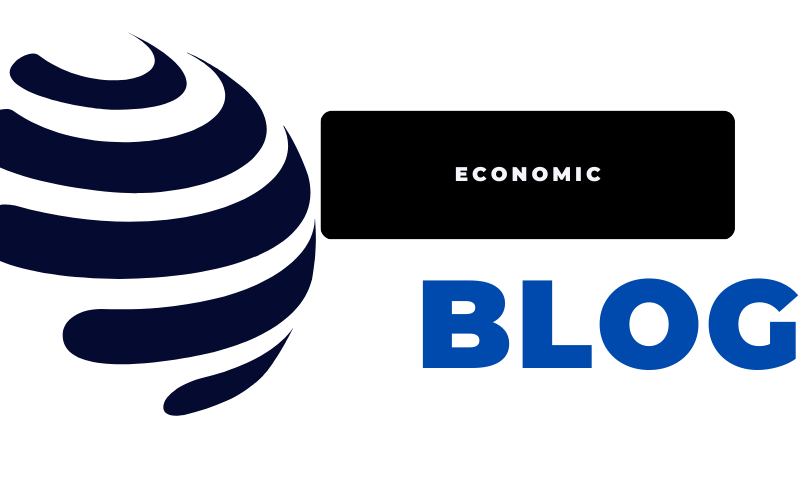Monetary Policy
Monetary policy represents a fundamental macroeconomic strategy crafted by central banks to regulate the money supply and interest rates. Its aim is to accomplish specific goals, notably high employment and price stability.
Defining Monetary Policy
Cornerstone of economic management, involves steering the economy by controlling the money supply. Through strategic adjustments in interest rates and bank reserve requirements, central banks influence economic growth and strive for a balanced employment-inflation scenario.
Tools of Monetary Policy
Crucial Instruments The primary tools within encompass Open Market Operations, Reserve Requirements, Discount Rates, and Interest on Reserve Balances. These tools are harnessed to regulate the money supply, influence borrowing rates, and hence affect economic activities.
Monetary Policy and Price Stability
Curbing Inflation diligently works towards stabilizing prices by orchestrating mechanisms such as open market operations and adjustments in reserve requirements. This stability translates to maintaining a low and consistent rate of inflation.
Monetary Policy on Production
Driving Economic Output the management ignificantly impacts production in the economy. By adjusting borrowing costs and influencing spending rates, central banks directly influence the output levels, amplifying effects through intricate production networks.
Central Banks and Output Stabilization
Balancing Objectives Central banks utilize tools to balance the often intertwined goals of ensuring price stability and output stabilization. The nuanced approach involves manipulating interest rates, reserve requirements, and open market operations to steer both price levels and economic output.
Aligning Monetary Tools with Economic Goals
Strategic Tool Application effectiveness is derived from the application of specific tools in alignment with economic objectives. It aims to manage interest rates, influence borrowing, spending, and savings to regulate both price levels and economic output.
Central Banks’ Mandate and Policy Objectives
Dual Mandate of central banks operate under a dual mandate, ensuring a balanced approach toward price stability and full employment. This necessitates a strategic blend of monetary tools to achieve these intertwined objectives.
Conclusion
Harmonizing Economic Dynamics crucial navigational tool in stabilizing economies. Its adept application, governed by the central banks, ensures a delicate equilibrium between price stability, economic output, and employment.
Infographics and Analysis
This section will encompass insightful infographics detailing tools’ functioning and their direct impact on economic parameters. It will also offer in-depth analyses of historical trends and case studies exemplifying successful implementations.












finance and economics